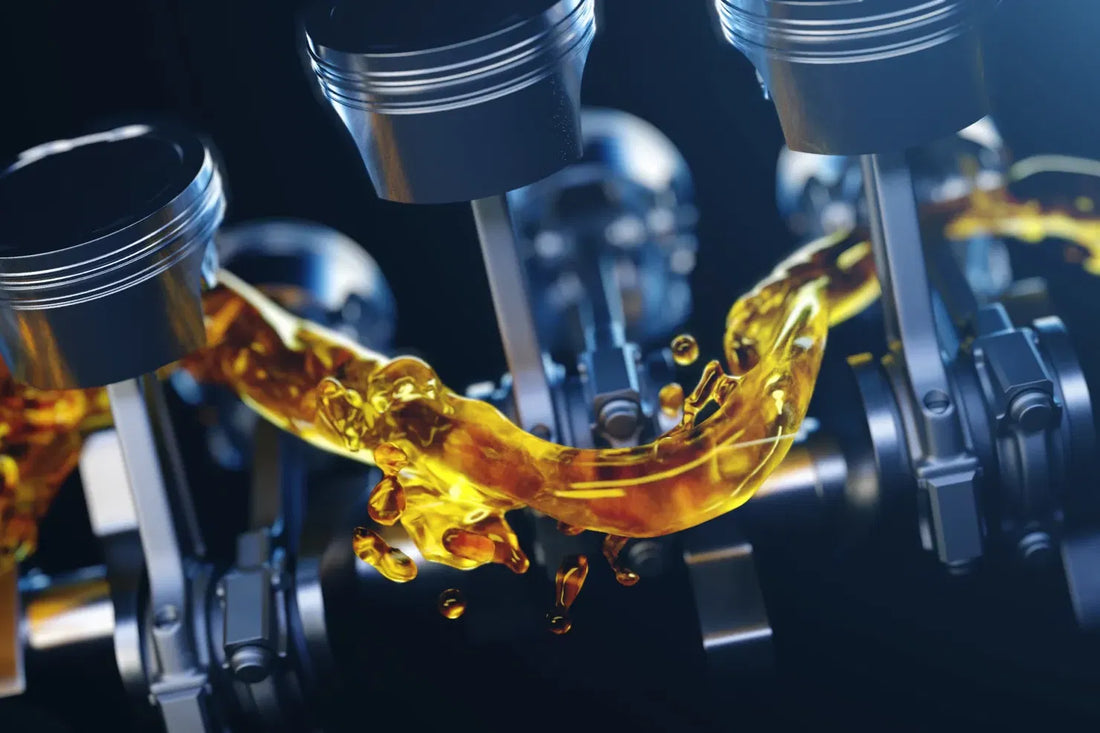
How to Reduce friction in cars?
Reducing friction in cars is crucial for improving performance, fuel efficiency, and prolonging the lifespan of various components.
Here are several ways to reduce friction in cars:
1. Use High-Quality Engine Oil
o Choose the Right Viscosity: Using engine oil with the correct viscosity as recommended by the manufacturer ensures that it flows efficiently through the engine, reducing friction between moving parts.
o Opt for Synthetic Oil: Synthetic oils offer better lubrication, especially in extreme temperatures, and reduce friction more effectively than conventional oils.
2. Regular Oil Changes
o Maintain Clean Oil: Regularly changing the engine oil ensures that the oil remains free of contaminants and sludge, which can increase friction. Fresh oil provides better lubrication, reducing friction between engine components.
3. Use Lubricants for Other Components
o Grease Bearings and Joints: Regularly applying high-quality grease to wheel bearings, suspension joints, and other moving parts reduces friction and prevents wear.
o Lubricate Transmission: Ensuring the transmission is filled with the proper type and amount of fluid helps reduce friction in the gearbox and improve shifting performance.
4. Reduce Tire Friction
o Maintain Proper Tire Pressure: Keeping your tires inflated to the recommended pressure reduces rolling resistance, which minimizes friction and improves fuel efficiency.
o Use Low Rolling Resistance Tires: These tires are designed to reduce the amount of energy lost as the tire rolls, thus reducing friction and improving fuel economy
5. Use High-Quality Fuel Additives
o Fuel System Cleaners: Additives that clean the fuel injectors and other components of the fuel system help maintain optimal engine performance and reduce friction by ensuring efficient combustion.
o Friction Modifiers: Some fuel additives contain friction-reducing agents that help lubricate the engine's upper cylinder area, further reducing friction.
6. Regular Maintenance
o Keep Components Well-Maintained: Regularly servicing and maintaining the car’s components, such as the engine, transmission, and suspension, ensures that all parts are functioning efficiently and minimizes unnecessary friction.
o Inspect and Replace Worn Parts: Worn or damaged parts, such as bearings, bushings, and seals, can increase friction. Regularly inspecting and replacing these parts as needed helps reduce friction.
7. Optimize Aerodynamics
o Reduce Wind Resistance: While not directly related to mechanical friction, improving the car’s aerodynamics by using smooth roof racks, removing unnecessary accessories, and keeping windows closed at high speeds can reduce the overall friction (air resistance) the car faces, improving efficiency.
8. Use Proper Transmission and Differential Fluid
o Use Synthetic Fluids: Just as with engine oil, synthetic transmission and differential fluids can reduce friction more effectively, especially under high loads or extreme temperatures.
9. Ensure Proper Wheel Alignment
o Avoid Misalignment: Misaligned wheels create additional friction and uneven tire wear. Regular wheel alignment checks ensure that the wheels are properly aligned, reducing unnecessary friction.
10. Reduce Weight
o Minimize Vehicle Load: Reducing the overall weight of the vehicle reduces the friction in various systems, such as the drivetrain and suspension. Removing unnecessary items from the car can help achieve this.
11. Use Ceramic Brakes
o Reduce Brake Friction: Upgrading to ceramic brakes can reduce the friction and heat generated during braking, leading to better performance and less wear on brake components.
12. Check and Maintain Cooling Systems
o Prevent Overheating: An efficient cooling system reduces the heat generated by friction, preventing components from expanding or seizing up due to excessive friction.
By taking these steps, you can significantly reduce friction in various parts of your car, leading to improved performance, better fuel economy, and a longer lifespan for the vehicle's components. Regular maintenance and the use of high-quality products are key to achieving these benefits.
